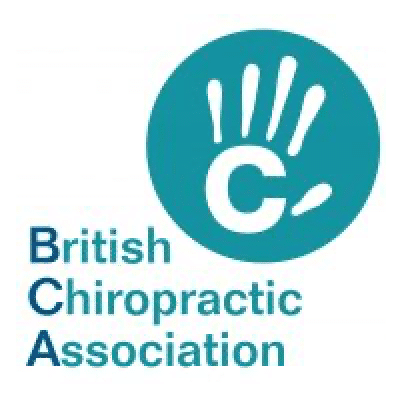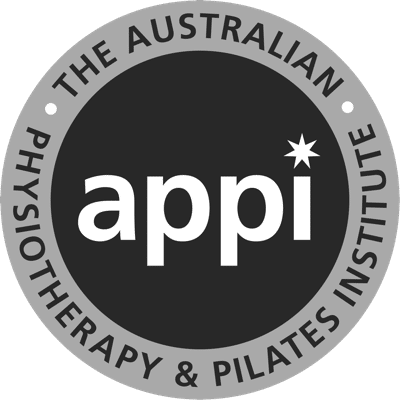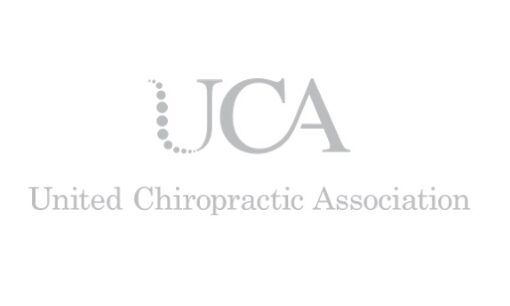Active Walking And The Benefits
Active Walking & The Benefits
I love walking. Being outside in the fresh air, knowing that I am reaping so many benefits from walking, and the wonderful buzz and happiness that you feel after a long active walk. If I had time I would walk at least 45 minutes everyday. Everything seems sharper after a good walk; my energy, sense of clarity and ability to generate ideas, my mood, and that lovely slightly tired and warm feeling you feel in your muscles after exercise. Yet, don’t you feel there are days when you just don’t have time to exercise? The good news is, studies suggest that even a brisk 15 minute walk can have a significant impact on our happiness, physical and mental health. More recent studies suggest that walking at least 15 minutes a day may add several years to your life!
Why Walking?
Our body and brain needs movement…
Walking generates all sorts of magical things in our body’s cells that feed back in our sense of wellbeing and facilitate great things in terms of our heart rate, musculature and what’s going on in our brain.
The brain functions just like a muscle, if you work it, it changes dynamically, and strengthens depending on how you work it. If you leave it, it weakens and loses its abilities to function.
The hippocampus is a part of the brain that is involved with learning and memory. It is also involved in the processing of stress and negatively affected by depression. The hippocampus is affected very powerfully by walking.
Getting out, moving, walking a lot, affects the volume of our hippocampus formation in the brain. It gets bigger as a result of exercise and the functions it supports get better, helping stress, depression and memory. It’s a way of slowing down and even reversing the aging of the brain. Studies in Chicago demonstrate that 72 year olds started to perform at the same level as 68 year olds on psychological tests when walking 1.5 miles three times a week.
So it is never too late to start walking and relish these huge beneficial effects.
But, What is Active Walking?
Make the most of your walk
Active walking is an all over body workout. It’s a walking technique that is thought to further improve our posture, flexibility, strength, cardiovascular endurance and brain health. It’s a pilates session and walking all at once!
Using an active walking technique can help reduce joint stress for example at your ankle knee or spinal joints and can help you to walk more efficiently and faster. For example it may help increase your speed by up to 40%- helping you achieve greater cardiovascular benefits so you and your body perform even better. It requires you to think about four components; your feet, core (the muscles that help support your pelvis and lower back), arms and breathing.
Initially when learning to actively walk, it is helpful to break your walking up into sections and concentrate on one particular aspect of your walking.
For example, for the first 5 minutes of your walk you may think about your feet, then for the next 5 minutes your core, then the next 5 minutes on your arms and so on. With practice you could then see if you could implement all four components together or during the last 5-10 minutes of your walk.
So, how do I walk actively?
Let’s break down the four components of active walking:
1. Feet
When walking, think about rolling through your feet, as you place your heel on the floor, rolling through your foot all the way to your toes. Spread your toes out equally onto the ground as you push off. This will help your calf, hamstring and gluteal muscles on the back of your leg do some work.
2. Core
I like to imagine the letter ‘J’ sitting on my pelvis. Gently drawing in through your lower tummy muscles along the bottom of the ‘J’ and then drawing up along the stalk of the ‘J’. Or instead imagine your tummy button gently drawing in towards your spine and then lifting up along your spine. This will give you the awareness of gently growing up tall, deep from inside your trunk.
3. Arms
Did you know your arm swing helps drive your legs when walking? And if you are moving your arms well, your brain loves it! Think about opening up through your collar bones and imagine you are holding a butterfly very gently between your index finger and thumb. Actively pull your arms back past your hips and then just let your arms passively travel forwards. Keep your elbows soft and still, to allow the movement to come from your shoulders.
4. Breathing
See if you can close your mouth and breath through your nose. Nasal breathing helps your diaphragm to work well, which allows effective transport of our respiratory gasses. This can be tricky for some people initially but with practice it gets easier and easier and you will find you are naturally able to walk further and faster!
Here are a few more tips to help you get out walking…
- Keep a comfortable pair of trainers under your desk at work so that you can easily pop out for a walk at lunch
- Park a little further away from work, or get off the bus a few stops earlier and walk the extra distance
- Get your friends involved and schedule a weekly ‘walk and chat’ into your diary
- Perhaps try ‘walk and talk’ meetings at work. Your brains will be buzzing with ideas!
If you have a question about active walking, get in touch with Pippa via her email – philippa@tivolichiropractic.co.uk
We would love to get as many of you out walking as possible! So, if you do have an injury, a niggle or perhaps something else that is affecting your walking, please do let us know so that we can help you. There is nothing worse than not being able to do the thing that you love or at your best and we would love to help you!
Read our next article by Chiropractor, Nadene, to learn all things Frozen Shoulders (NEEDS LINK).























